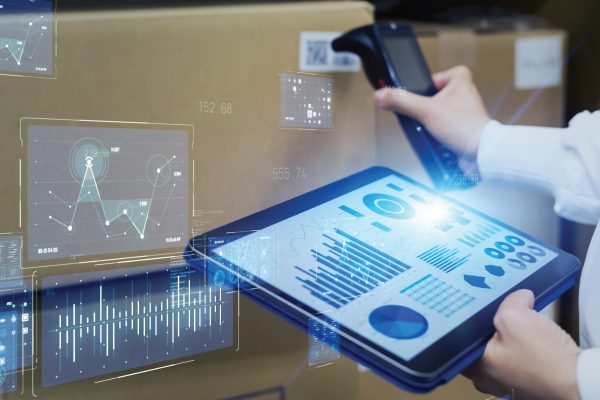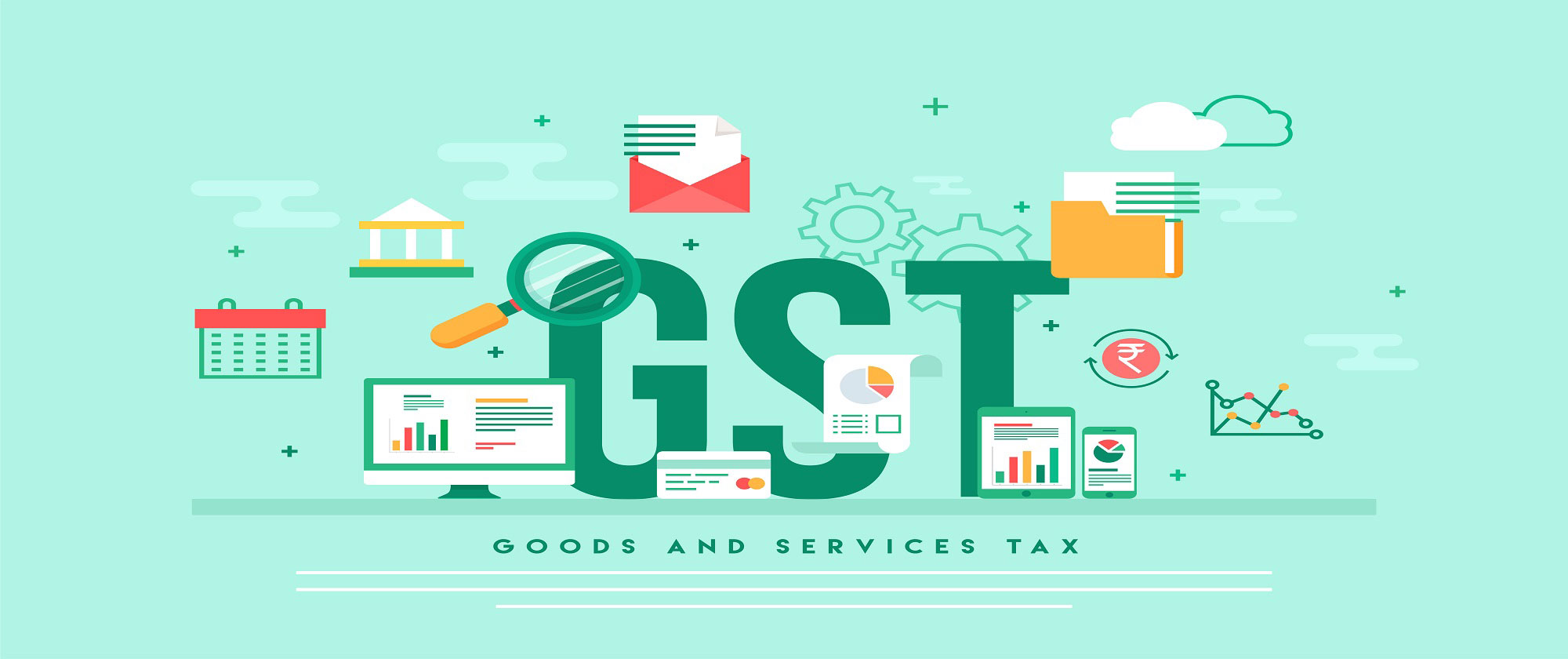The e-invoicing procedure will help the industry in making the input tax credit available faster and in bringing down the number of audits.
The logistics industry is one of the sectors in the Indian economy that deals with very volatile situations and also involves different processes in different parts of the world. Since the nature of this industry is to ‘change places’, there had always been a need to handle the different taxes this industry attracts.
To deal with these problems, the Central government introduced the Goods and Services Tax (GST) which was welcomed by the industry as it solved a lot of issues faced by the stakeholders.
However, there was a need to bring in an effective system to make the availability of input tax credit faster and a system where the suppliers could track the invoice in real-time. The GST council was working on these aspects and came up with the e-invoicing process to replace the existing process of uploading invoices manually.
The new e-invoicing was to become mandatory by April 01, 2020, but the government has deferred the implementation of the new system for the next three months which will give the government and the industry some more time to fix the process.
Though the new system has been delayed, once in place, it will help the logistics industry in bringing down the number of audits as all the information related to a survey or an audit will be available at a transaction level itself.
How GST became a boon for the logistics industry
There was a time when long queues of trucks could be seen at state borders and many a time, the drivers were stuck for almost for two days at those borders. Essential goods with low shelf life perished on the way as the dealers were stuck in the long bureaucratic tussle of state taxes.
These challenges made the industry players come up with stop gap arrangements like having multiple storage and transit points to save time. However, in the eyes of state and tax authorities these moves came across as tax evading tactics, especially for state Value Added Taxes (VAT).
The industry always longed for a tax regime that would bring uniformity in different indirect taxes across all the states and Union Territories.
Right after the big decision of demonetisation, the central government rolled out one of the most awaited tax reforms in India—the GST (Goods and Services Tax).
The new tax regime was initially met with a lot of criticism owing to the teething issues related to the Input Tax Credit (ITC), improper systems to file the GST and also the delayed payments of GST refunds. However, with time the GST became the boon for industries, especially for the logistics industry.
The Indian logistics industry is, at present, growing at a CAGR of 8.6%. And the surge in the e-commerce business has also opened a whole new market for logistics players. In this scenario, GST has helped in speeding up the overall processes.
Reduced turnaround time, biggest relief
From the movement of trucks to managing a good economic supply chain, GST has impacted logistics in a significant way. A study done by ICRA Limited, an independent and professional investment information and credit rating agency, said that after the implementation of GST, the check posts on the state borders were dismantled and this move resulted in about 20% reduction in the turnaround time of trucks.
Before the implementation of GST, the complicated process of checkpoints, material scrutiny, and state tax compliance used to amount to almost 60% of a carrier’s transit time.
The GST has absorbed the following taxes:
- Central excise duty
- Services tax
- Additional customs duty
- Surcharges
- State-level value added tax
- Octroi
Apart from this, other levies applicable on inter-state transportation of goods have also become redundant with the introduction of GST.
The new tax system has also reduced the paperwork for the cost accountants and tax consultants of companies. Earlier, companies had to struggle with a fleet of accountants to file different indirect taxes and also to keep records. After the introduction of GST, there has been a significant reduction in the paperwork and consolidation.
The almost USD 130 million industry in India stayed away from one of the best model for supply chain management—the hub-and-spoke model—due to different taxing systems of different states. Now, after the GST’s arrival, this model can be used for segments such as warehousing, cold chain, Container Freight Stations (CFS) and Inland Container Depots (ICD). This will make the delivery process smoother and faster, and at the same time, this will also bring down the number of vehicles required thus helping companies meet their goal of bringing down the carbon footprint.
The new tax regime has impacted the logistics industry on multiple fronts and that can be seen from the sudden surge in the entry of new companies in this sector.
Numerous companies have increased focus on improved warehousing because of the GST, and made their expansion plans a reality.
Here are the three major things GST has changed for the logistics industry:
- Cost and Time Saving
- Forward Integration
- Single Rate
About the author:
Santosh Kalburgi is a cost accountant and has worked with ITC, Myntra and Bosch before starting his own firm in 2014. He has also handled finance of several private companies in Bengaluru.














